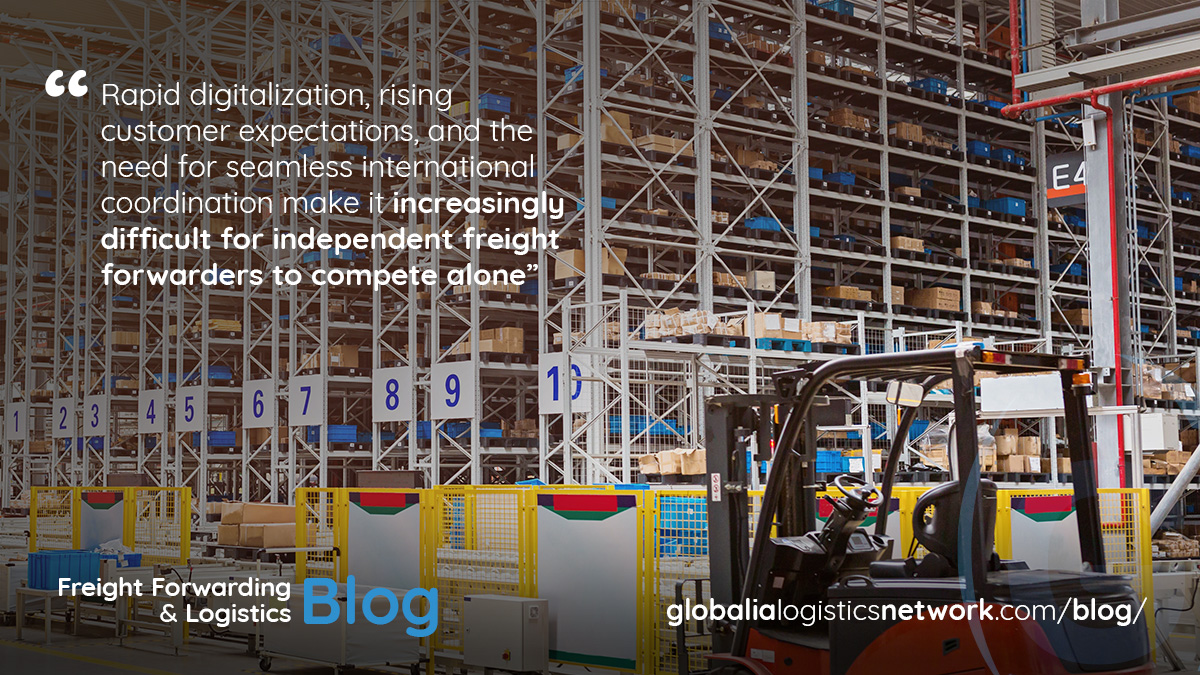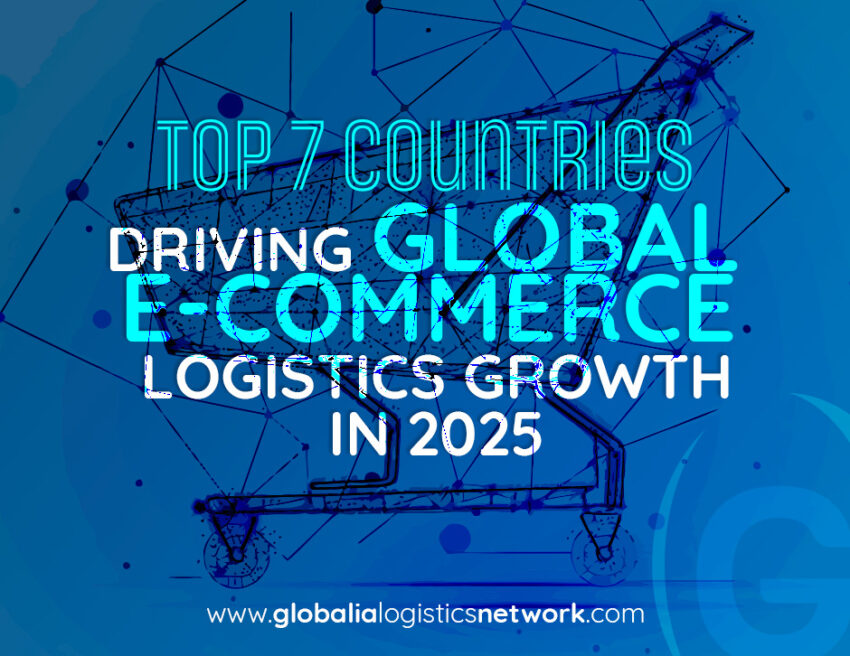In 2025, the global e-commerce boom is stronger than ever. Rapid digital adoption, growing middle classes, and increased cross-border trade are transforming the logistics landscape. As online shopping grows, so does the demand for streamlined, agile, and tech-enabled freight forwarding services. Certain countries are emerging as leaders in this shift—driving innovation, expanding infrastructure, and setting new benchmarks for logistics performance.
Let’s explore the top 7 countries powering global e-commerce logistics growth in 2025 and how freight forwarding is evolving in each market.

1. China
China remains the undisputed leader in global e-commerce, accounting for over 40% of global online retail sales. Its expansive logistics ecosystem, supported by giants like Alibaba and JD Logistics, enables same-day delivery in hundreds of cities. Smart warehouses, AI-driven inventory systems, and government support for cross-border trade position China as a logistics powerhouse.
Freight forwarding in China is becoming more technology-driven, with a focus on integrated customs clearance, last-mile delivery, and bonded warehousing for cross-border shipments. Chinese freight forwarders must stay nimble and innovative to keep up with the country’s high-speed logistics demands.
2. United States
The U.S. e-commerce market is booming, driven by consumer expectations for fast, free shipping and the continued dominance of platforms like Amazon, Walmart, and Shopify. In 2025, U.S. companies are investing heavily in automation, drone deliveries, and urban logistics hubs to reduce delivery times.
This creates a highly competitive environment for freight forwarding companies. With increased pressure to reduce transit times and manage returns efficiently, U.S.-based forwarders are integrating real-time tracking, route optimization, and fulfillment technology into their offerings.
3. India
India is one of the fastest-growing e-commerce markets, fueled by increasing internet penetration, digital payment adoption, and a young, tech-savvy population. Government programs like “Digital India” and investments in logistics infrastructure—including dedicated freight corridors and multimodal parks—are reshaping the freight landscape.
Freight forwarding in India is evolving from informal, fragmented operations to structured, tech-enabled networks. The country is seeing growth in cross-border B2C shipping, requiring forwarders to offer customs expertise, reliable delivery tracking, and last-mile solutions across rural and urban areas.
4. Indonesia
As Southeast Asia’s largest economy, Indonesia has become a regional e-commerce engine. With over 200 million internet users and a growing middle class, demand for domestic and international logistics services has surged. E-commerce platforms like Tokopedia and Shopee are leading the way in logistics innovation.
In 2025, freight forwarding in Indonesia is focusing on inter-island logistics, reverse logistics, and sustainable delivery methods. Forwarders need to overcome infrastructure challenges and offer agile solutions that cover both densely populated cities and remote islands.
5. Vietnam
Vietnam’s e-commerce industry is thriving, backed by strong manufacturing capabilities, a growing digital economy, and rising exports. The country is positioning itself as a key logistics and fulfillment hub for Southeast Asia.
Freight forwarding companies in Vietnam are increasingly involved in cross-border trade, particularly with China, the U.S., and Europe. Forwarders are investing in bonded warehouses, customs brokerage services, and fast-track delivery solutions to handle e-commerce shipments efficiently and cost-effectively.
6. United Arab Emirates (UAE)
The UAE is becoming the Middle East’s logistics and e-commerce gateway. Dubai and Abu Dhabi are investing heavily in digital logistics platforms, free zones, and AI-powered customs clearance systems to handle growing trade volumes.
Freight forwarding in the UAE is now highly digitized, with emphasis on express delivery, temperature-controlled transport, and seamless customs clearance. With a strategic location between Asia, Europe, and Africa, UAE-based forwarders are uniquely positioned to manage global e-commerce flows.
7. Brazil
Brazil leads Latin America in e-commerce growth, with millions of new digital consumers emerging post-pandemic. Improvements in digital payments, warehousing, and last-mile delivery are boosting logistics efficiency in 2025.
Freight forwarding in Brazil must navigate complex geography, long distances, and inconsistent infrastructure. Forwarders are turning to multimodal transport and digital freight platforms to meet the needs of e-commerce customers seeking fast, affordable delivery across the country.
Final Thoughts
The freight forwarding industry in these high-growth e-commerce markets faces both immense opportunity and intense pressure. Rapid digitalization, rising customer expectations, and the need for seamless international coordination make it increasingly difficult for independent freight forwarders to compete alone.
By joining a reliable logistics network like Globalia Logistics Network, freight forwarders in China, the U.S., India, Indonesia, Vietnam, the UAE, and Brazil can gain access to trusted partners worldwide, collaborative business opportunities, and cutting-edge tools to streamline operations. As a leading freight forwarders network, Globalia Logistics Network helps companies expand their reach, boost service reliability, and grow sustainably in an ever-competitive global market.
In 2025, success in e-commerce logistics will depend on connectivity, adaptability, and cooperation—and networks like Globalia are helping freight forwarders rise to the challenge.


